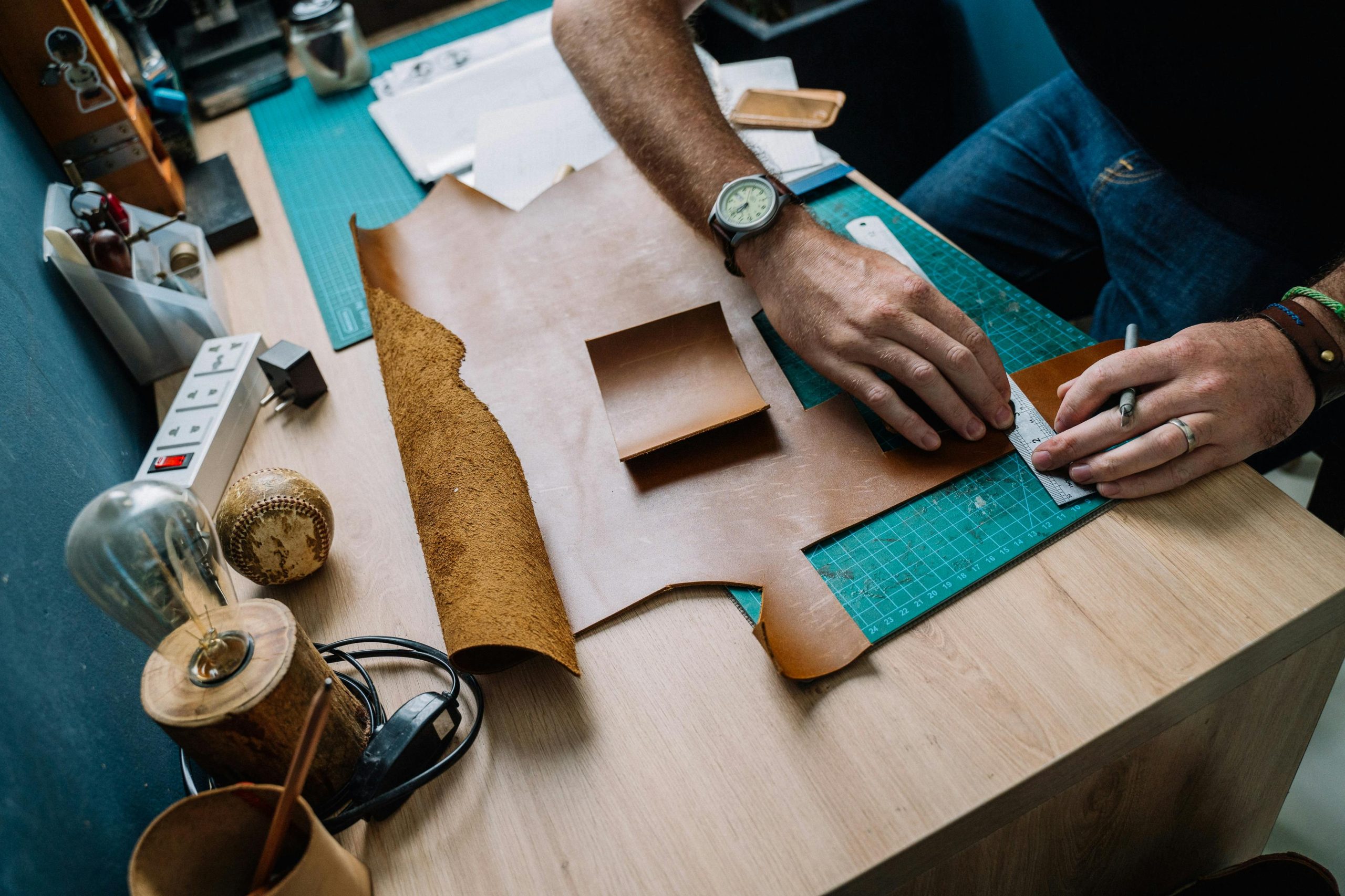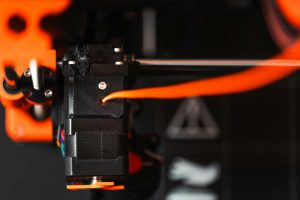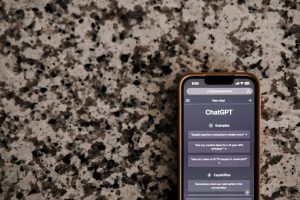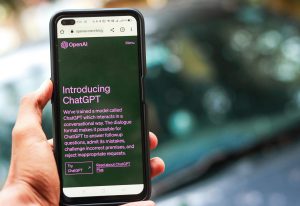AI tools are making everything look the same… so I tried doing the opposite.
Breaking the Mold: Embracing purposeful design in the age of AI-driven aesthetics
In recent months, a noticeable trend has emerged across the digital landscape: new applications and websites increasingly resemble one another, exhibiting familiar design elements such as gradient buttons, glassy card effects, rounded corners, and standardized layouts. While these stylistic choices often contribute to a polished look, there is a growing concern that the creative diversity within web design is diminishing, largely influenced by the prominence of AI tools streamlining aesthetic decisions.
As an advocate for innovative design, I appreciate the utility of AI tools like Cursor, Bolt, v0, and Replit, which significantly accelerate development processes. However, I’ve observed that reliance on these technologies sometimes leads to a homogenization of visual styles, where the ‘what’ of aesthetics becomes dictated by the tool rather than intentional human insight. This shift prompts a critical question: Are we designing with purpose, or are we simply following trends set by automation?
To explore this dilemma, I embarked on a personal project aimed at reversing this pattern. My goal was to craft a website that communicates authenticity and clarity, departing from the conventional visual language promoted by AI-generated templates.
My personal site, accessible at https://aranhav.com, was conceived with a foundational question: What do I genuinely want to convey? I identified core objectives—sharing my story, showcasing my work, and publishing case studies. Based on these goals, I established guiding principles: utilize only two colors, employ basic geometric shapes, and avoid using gradients. This constraint pushed me to prioritize purpose over aesthetic complexity, resulting in a design that is both simple and timeless.
For instance, the ShipGlobal case study section was initially conceptualized in Figma as a seamless narrative flow—problem identification, process explanation, and solution presentation—before being translated into a website. The storytelling approach encourages engagement and comprehension, diverging from typical static case study pages and emphasizing the importance of intentional content structuring.
In contrast, I also created a playful Tic Tac Toe game, available at https://tictactoe.aranhav.com. This project embraces vibrant colors and gradients explicitly to evoke fun and spontaneity, reflecting the natural aesthetic of a game. While AI tools assisted in its development, every design decision was driven by an explicit purpose—to entertain and delight users through purposeful creativity.
These experiences highlight a crucial insight: effective design is rooted














Post Comment